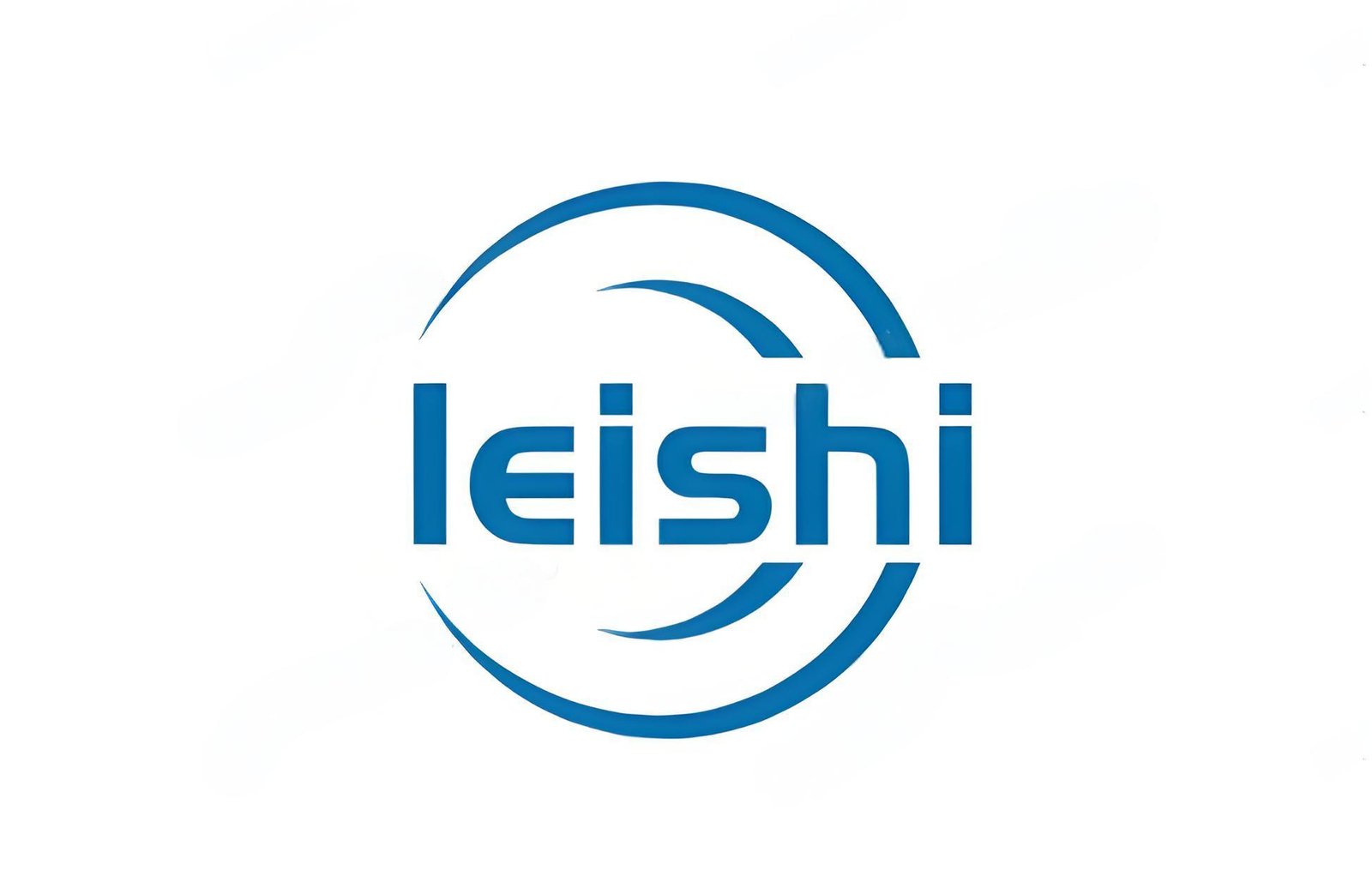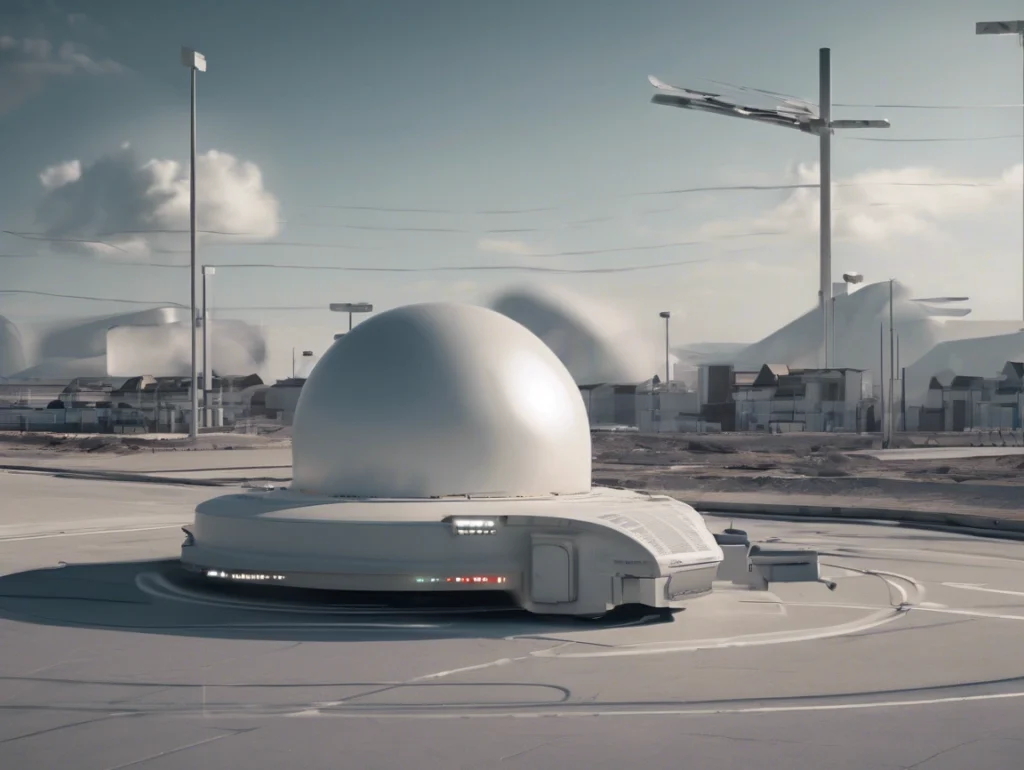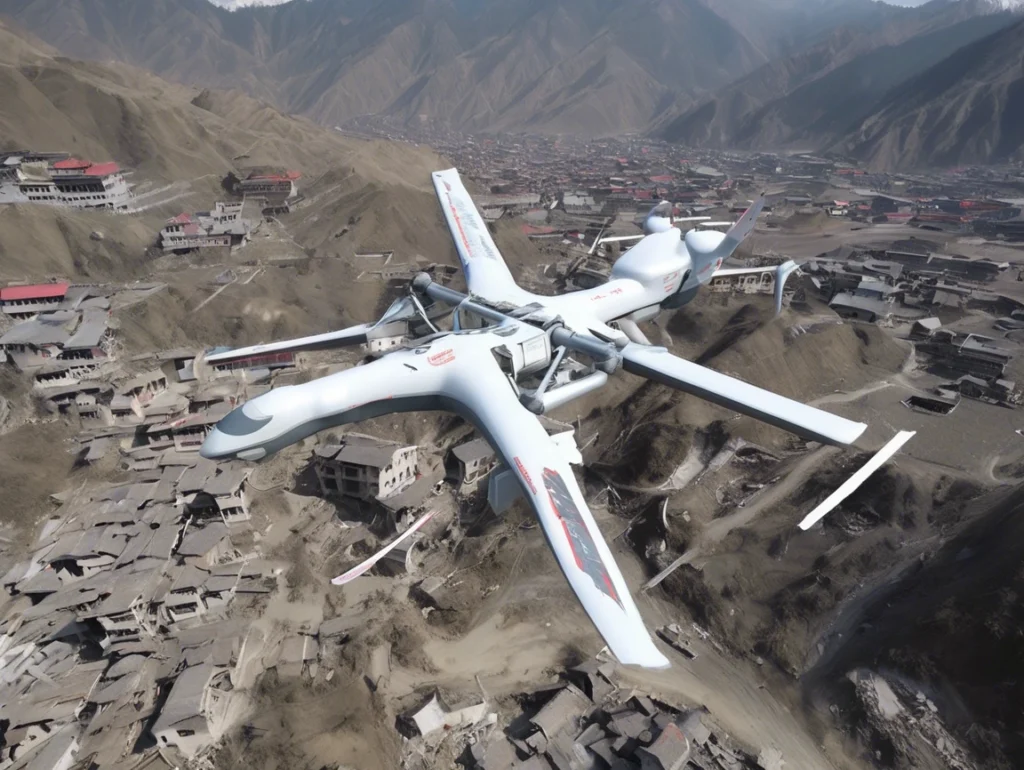
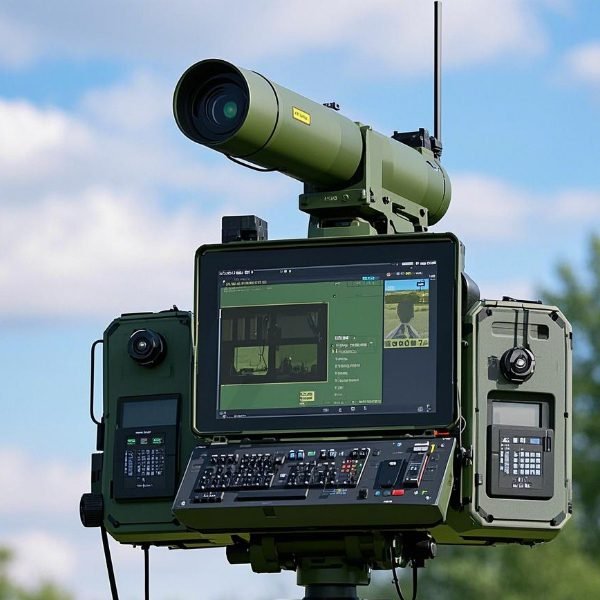
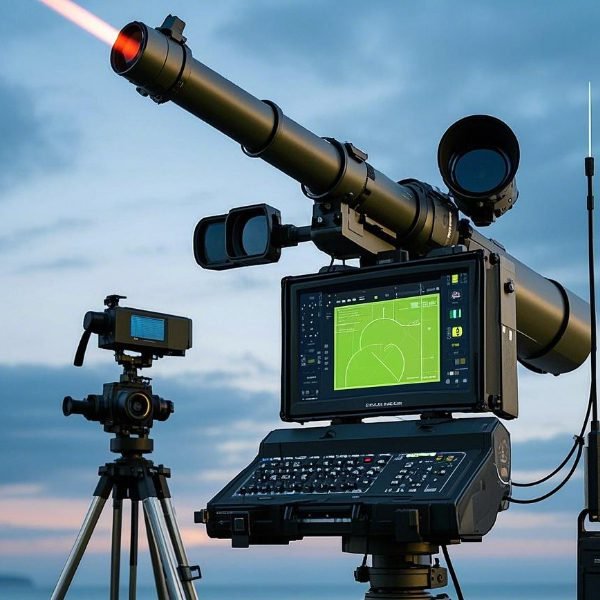
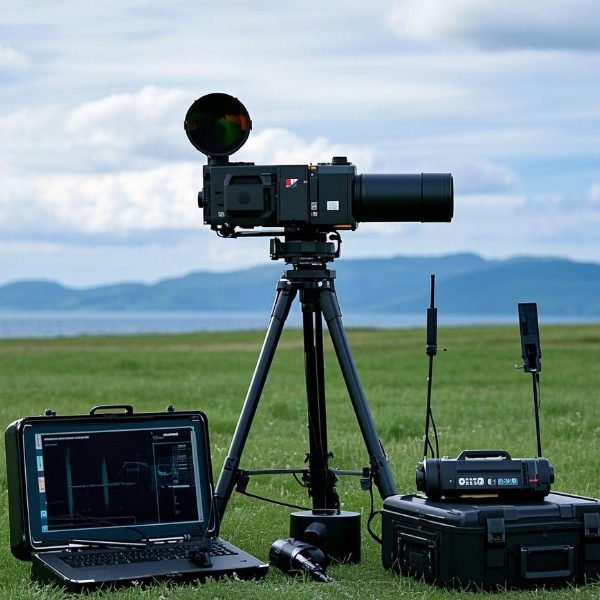
Lightweight photoelectric search and tracking system is a highly integrated and complex system, which is mainly composed of optical imaging module, signal processing unit, tracking control mechanism and information output and display part.
The optical imaging module is the “eye” of the system, usually combining a visible light camera with an infrared thermal imager. Visible light cameras play their role in well-lit environments, capturing rich detail and color information of the target, presenting high-resolution, clear and intuitive images. For example, in the daytime security monitoring scene, the facial features of the personnel, the style of clothing, and the license plate number and appearance color of the vehicle can be clearly identified, providing strong support for accurate identification of the target. The infrared thermal imager is not limited by light conditions, and uses the thermal radiation characteristics of the target object to image. Whether it is a dark night, or rain, fog, dust and other bad weather environment, can be sensitive to the target, the object of different temperatures in the form of gray or false color image presented. For example, in forest fire prevention monitoring, the high-temperature fire source hidden in the forest can be quickly found, even if the fire source is blocked by branches and leaves, it can not escape its “legal eye”.
The signal processing unit is the “intelligent brain” of the system. It receives the original image signals from the optical imaging module, and uses advanced algorithms to denoise, enhance and extract features. In the process of target detection, the deep learning algorithm can automatically learn the feature pattern of the target, quickly and accurately locate the target position in the image, and greatly improve the accuracy and speed of detection. For example, in the UAV countermeasures scenario, the UAV target can be quickly identified from the complex airspace background, effectively avoiding false alarms and missed alarms. At the same time, the unit also analyzes the motion state of the target, calculates its speed, acceleration, motion trajectory and other parameters, and provides key data support for tracking and control.
The tracking control mechanism is like the “hands and feet” of the system, which accurately controls the orientation of the optical imaging module according to the target position and movement information output by the signal processing unit, so that the system always tightly locks the target. Common tracking control methods include electric PTZ control and motor driven precision turntable control. These control mechanisms are characterized by fast response and high precision positioning, and can adjust the Angle of the optical device in a short time, ensuring that the target is always in the center of the system’s field of view. For example, in military reconnaissance, when the target moves quickly, the tracking control mechanism can react quickly and track the target continuously and stably to ensure that the acquired image information is continuous and accurate.
The information output and display section is responsible for visually presenting the results of the system processing to the operator. It displays the real-time image, position coordinates, motion parameters and other information of the target through the display screen, and can also interact with other external systems for data, such as transmitting the monitored target information to the command center and linkage alarm equipment. In the airport security monitoring system, relevant personnel can grasp the target dynamics of the airspace around the airport in real time through the information output and display part, and take timely measures to ensure the safe operation of the airport once an abnormal target is found.
In the field of security monitoring, lightweight photoelectric search and tracking system plays a vital role. In the urban security system, it can be installed in the commanding heights of tall buildings to carry out comprehensive search and monitoring of the surrounding area. Through real-time monitoring of the activities of personnel and vehicles, timely detection of abnormal behaviors, such as personnel entering prohibited areas, vehicles staying in sensitive locations for a long time, and quickly trigger the alarm mechanism to notify security personnel to deal with, effectively prevent the occurrence of criminal acts. In the security of large-scale events, such as concerts, sports events, etc., the scene is crowded and complex, the system can quickly identify and track the focus of the object, to ensure the smooth progress of the activity and the safety of personnel life and property.
Military reconnaissance and national defense is an important application direction of light optical search and tracking system. In the battlefield, it can be mounted on drones, helicopters and other aircraft to carry out long-range reconnaissance of enemy targets. With its high-resolution imaging and accurate tracking capabilities, it can clearly obtain key intelligence information such as the layout of enemy military facilities, the type and quantity of weapons and equipment, and troop movements, providing a strong basis for operational decision-making. In border defense, the system deployed along the border can monitor the surrounding area 24 hours a day, detect illegal border crossings in time, and effectively safeguard national territorial sovereignty and border security.
In industrial production, lightweight photoelectric search and tracking system can be used for equipment running condition monitoring and product quality inspection. In the power industry, when inspecting the transmission lines, the system can quickly detect hidden faults such as foreign body suspension and damaged insulators on the lines. By monitoring the temperature of key parts of the equipment, it can also warn potential problems such as overheating of the equipment in advance to ensure the safe and stable operation of the power system. In the automobile manufacturing and other industrial production lines, the appearance defects and dimensional accuracy of products can be detected and tracked in real time, improve the efficiency and accuracy of product quality control, reduce the rate of defective products, and improve the production efficiency of enterprises.
In the future, lightweight photoelectric search and tracking systems will be developed in the direction of multi-sensor fusion. In addition to the existing visible light and infrared sensors, millimeter wave radar, liDAR, acoustic sensors and other types of sensors will be integrated. Through multi-source information fusion technology, give full play to the advantages of different sensors to achieve a more comprehensive and accurate perception of the target. Millimeter wave radar has strong penetrating ability under bad weather conditions, and can provide target distance and speed information. Lidar can generate high-precision three-dimensional point cloud image, accurately depict the shape and position of the target; Acoustic sensors can identify the target type by the sound signature. The collaborative work of multiple sensors will greatly improve the target detection and tracking performance of the system in complex environments, and provide more reliable technical support for applications in various fields.
With the rapid development of artificial intelligence technology, intelligence and autonomy will become an important development trend of lightweight photoelectric search and tracking system. The system will deeply apply artificial intelligence algorithms such as deep learning and machine learning to achieve automatic classification of goals, behavior prediction and decision-making autonomy. In the security monitoring, it can automatically judge the danger of the target behavior, and automatically take corresponding countermeasures according to the preset rules, such as automatically triggering the alarm, starting the relevant equipment for disposal. In industrial testing, it can independently learn the standard characteristics of products, and carry out intelligent diagnosis and treatment of abnormal situations in the production process, reduce manual intervention, and improve production efficiency and quality. At the same time, the intelligent system can automatically adjust working parameters according to environmental changes, optimize performance, and better adapt to complex and changeable application scenarios.
In order to further expand application scenarios and meet the needs of more mobile platforms and special environments, lightweight photoelectric search and tracking systems will continue to develop in the direction of miniaturization and low power consumption. Through the use of advanced chip manufacturing technology, new materials and optimized circuit design, the device size is further reduced and the power consumption is reduced without reducing the system performance. In applications with high volume and power requirements, such as wearable devices or micro-air vehicles, miniaturized, low-power systems can be easily integrated to provide users with convenient and efficient monitoring and tracking services. At the same time, the low-power design can also extend the battery life of the equipment, reduce energy consumption, reduce the cost of use, and improve the practicality and economy of the system.
Light light optoelectronic search and tracking system has become an indispensable technical equipment in the field of modern science and technology because of its unique system composition, remarkable advantages and wide application fields. With the continuous innovation and development of technology, it will surely show more powerful performance and application potential in the future, play a more important role in promoting the development and progress of various industries, and help us build a safer, intelligent and efficient social environment.
了解 SHENZHEN LEISHI SENSING OPTOELECTRONICS CO., LTD. 的更多信息
订阅后即可通过电子邮件收到最新文章。
